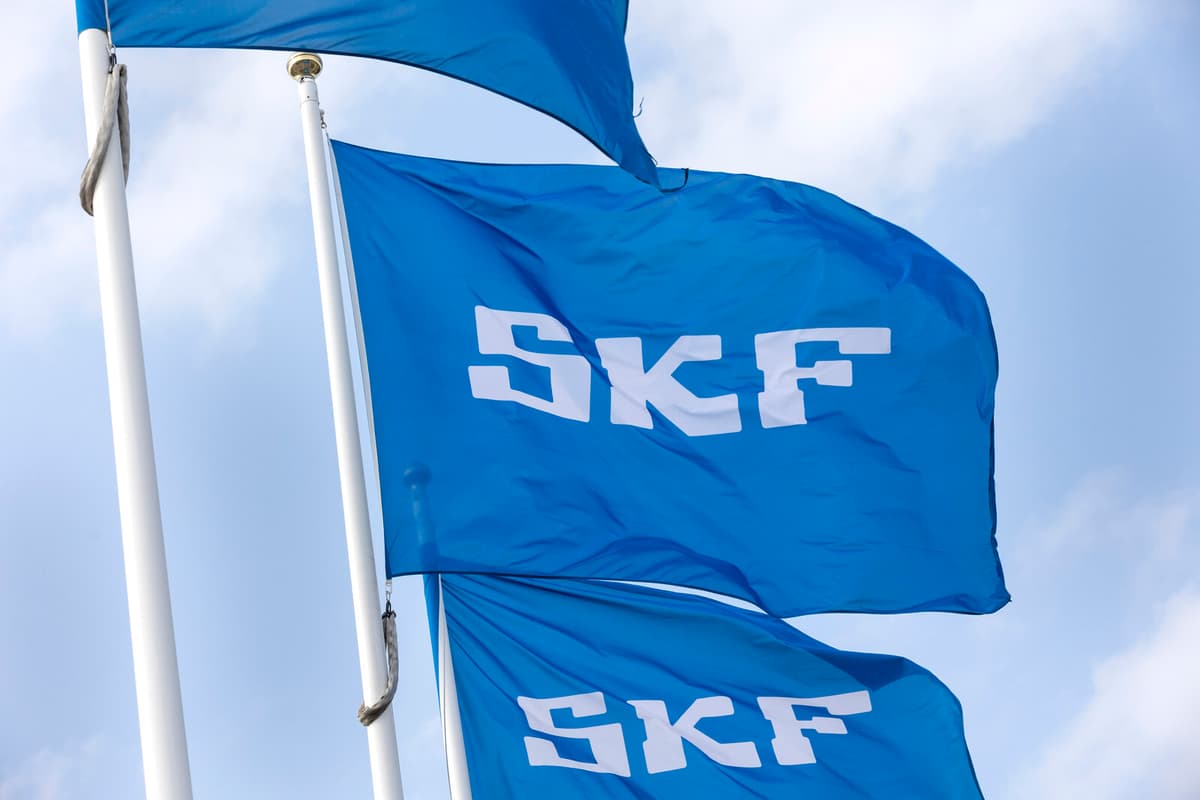A board decision on the plan has been made to carry out the listing through a so-called Lex Asea distribution to SKF's shareholders. To implement the spin-off itself, a green light is also required at a meeting, which, like the listing, is planned for 2026.
The Lex Asea distribution means that SKF's owners will receive shares in the unit being spun off, corresponding to their ownership stake in SKF, without having to pay tax on the distributed shares.
The spin-off is motivated by the fact that the industrial and automotive business segments have different business dynamics, end-user markets, and drivers for success. SKF adds that it enables independent business decisions and investments for the automotive business, to adapt it to "the changing global automotive markets".
"Both businesses are global leaders in their respective areas and will, through a clearer focus, increase customer value and benefit from their strategies as separate companies. The board and group management believe that long-term value can be created by dividing the group into two separate companies, which benefits customers, employees, and shareholders," says Hans Stråberg, Chairman of the Board of SKF, according to the press release.
The automotive business within SKF had a net sales of 30 billion kronor last year and an operating margin of 5.6 percent. For the industrial segment, sales were simultaneously 73 billion, with an operating margin of 15.4 percent.






